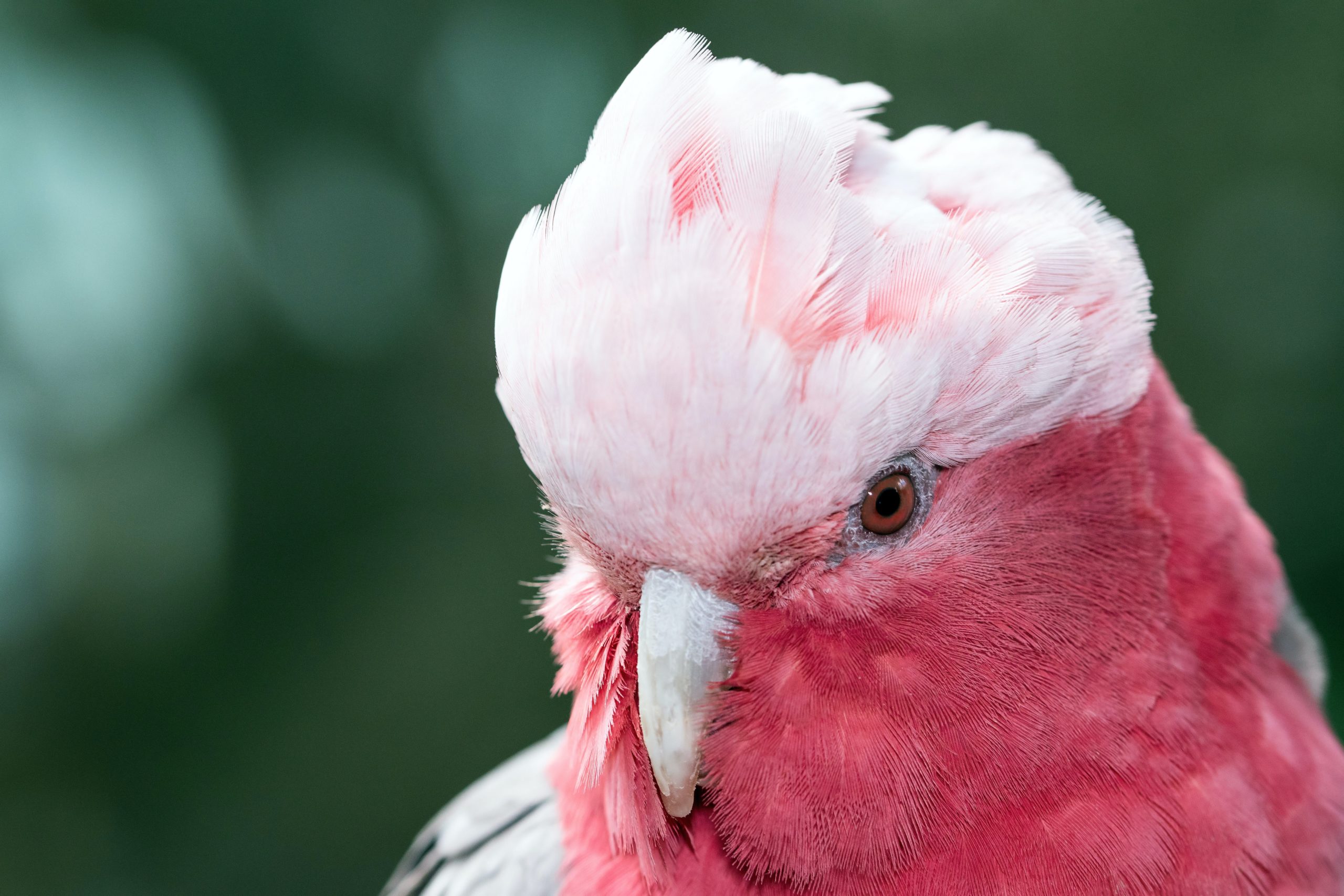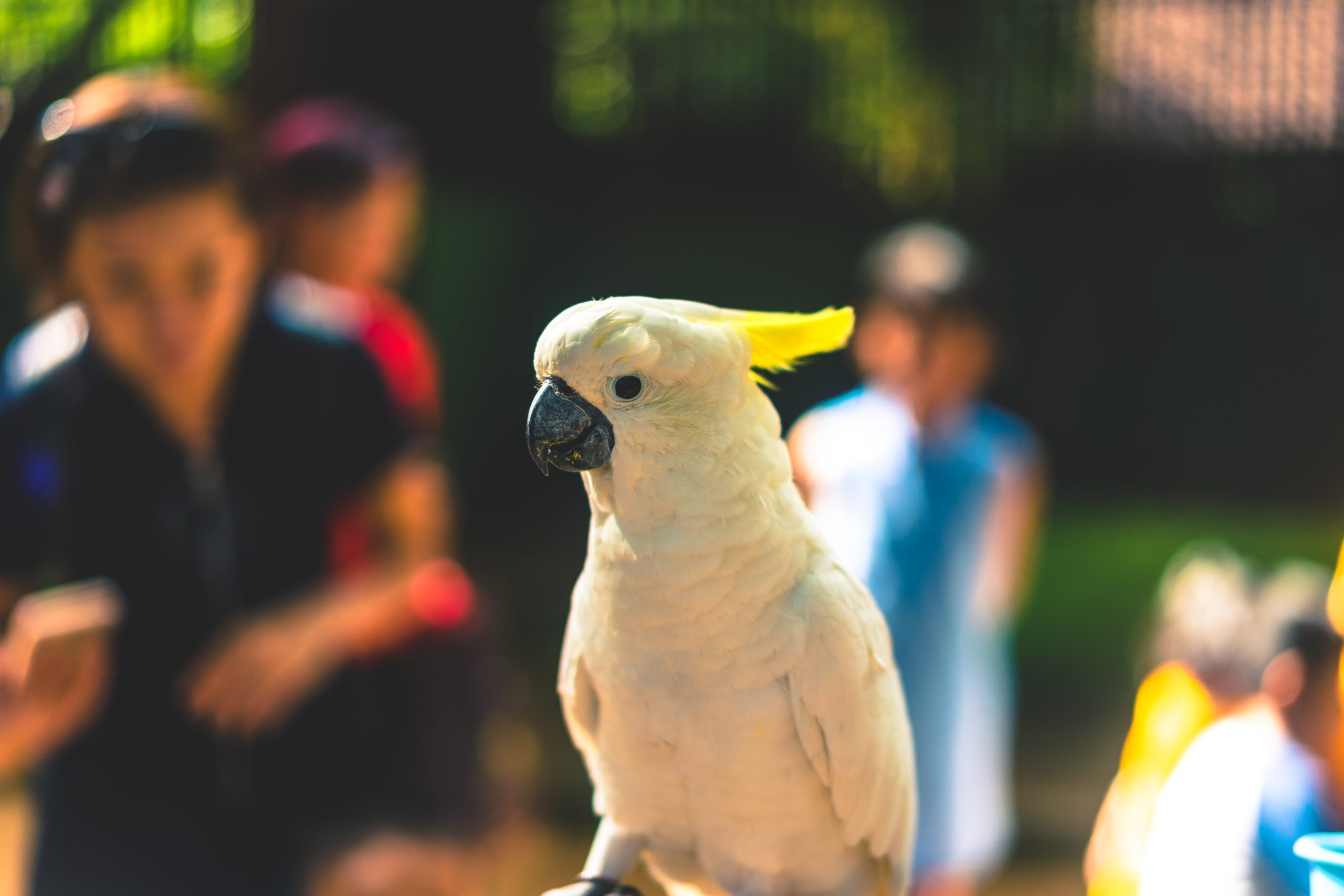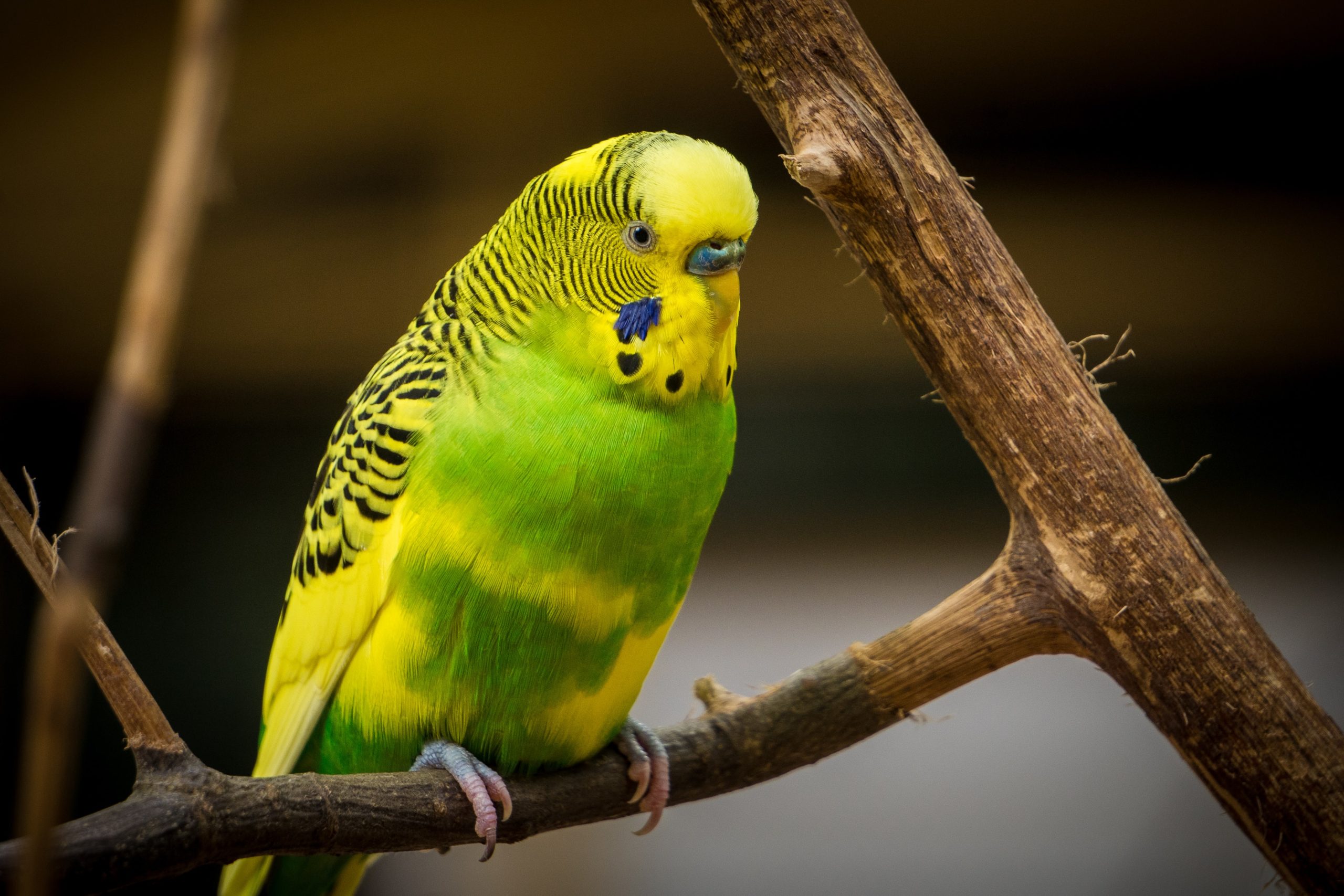Budgerigars, and many other bird species, can be struck by the burrowing mite (Knemidokoptes spp.), more commonly known as Scaly Face Mite. In budgies, mostly the head is affected (especially the beak, the cere, and the eyelids). Also the legs and feet can be affected and in really severe cases the area around the bird’s vent will show signs of infestation.
The Latin name for the so-called scaly mite group is Knemidokoptes (also spelt as Cnemidocoptes). There appear to be two species of Knemidokoptes – one on the face, and one on the legs – but for all practical purposes we consider them as one (Scaly Mite) and treat them the same.
Scaly mites (or burrowing mites)
Scaly Face is a term used for an infestation of burrowing or Scaly Face mites (Knemidokoptes pilae). Scaly Leg or “tassel foot” is often due to Knemidokoptes mutans (Scaly Leg Mite). Both Scaly Face and Scaly Leg mites are invisible to the naked eye.
Knemidokoptes pilae will affect not only the legs but also the beak, the eyes and the area around the vent. In budgerigars, Knemidokoptes pilae affects chiefly the beak. In most cases, an infestation originates there and spreads to the legs and the area around the vent later on.
If an infestation of Knemidokoptes spp. has occurred, the affected bird will experience severe itching if the mites are not limited to the upper mandible. In the initial stage, an infestation with burrowing mites is hardly visible and hardly affects the general condition of the diseased bird.
There are initially crusty plaques in the corners of the beak and on the beak itself. In the early stages, they have the appearance of a bright white deposit that becomes thicker and crustier over time. The upper mandible becomes increasingly ‘coral-like’ since the burrowing mites dig subtle tunnels (paths). In the skin around the eyes, on the legs or around the vent is also affected, this is accompanied by strong itching. The bird appears restless and is scratching itself perpetually.
If the infestation progresses untreated, serious complications usually occur that are not only extremely painful for the affected bird but often result in its death!
Transmission
Burrowing mites are transmitted mainly in the nest box during feeding; that is, during direct body contact from parents unto the chicks. A transmission between adult birds has also been observed, although this rarely happens. Thus special attention should be paid in pairs of birds and flocks if an infection with burrowing mites has occurred!
A couple of years can pass between the time of infection and the appearance of first symptoms. In most cases, however, a mite infestation in a budgie occurs between its 6th and 12th month of life; thus often shortly after the bird has been bought.
There are some individuals who are more susceptible to the mite than others – often infestations will follow family lines. There may be some genetic predisposition among birds.
Treatment
There are many so called ‘treatments’ available for Scaly Mite infestation. These range from paraffin oil and petroleum jelly to strong disinfectants. Mostly these treatments are designed to suffocate the mite or kill on contact. Older treatments are messy, inconsistent and fiddly to apply.
Technology has now caught up with this disease and Avimec, containing ivermectin, is now available to treat Knemidokoptes. Using a simple ‘drop-on’ formula the liquid is applied to the bird’s skin once weekly for three weeks. Depending on the severity of the disease, the cure will take from 3 to 8 weeks as the bird’s body repairs the areas of damage.
In breeding facilities, Budgerigars should be treated yearly to control the mite. Even birds that appear unaffected should be treated as they often can carry the mite – ready to spread them on to their young.
Avimec is available from your veterinarian.
Note: Since burrowing mites only live on the body, it is not necessary to treat the cage with an anti-mite spray. These agents are usually highly toxic and harm the birds! Burrowing mites are harmless for humans; there is no risk of an infection.
Dr Tony Gestier BVSc(Hons) MACVSc BMSc is an Avian Veterinarian and the owner of Vetafarm.





